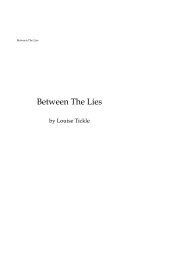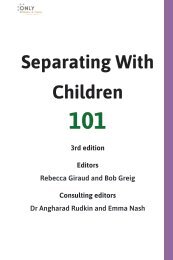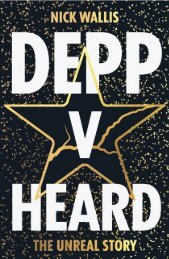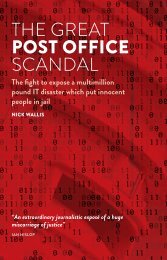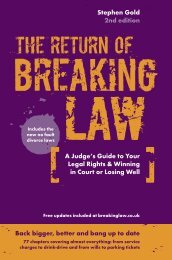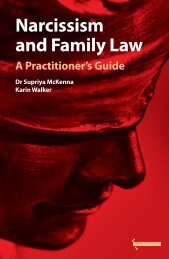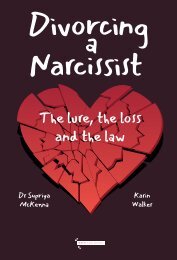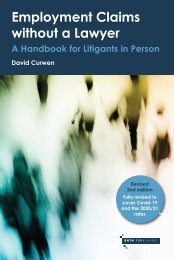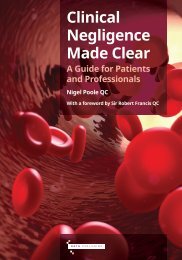Insolvency Made Clear: A Guide for Debtors
Plain English, practical guidance for anyone facing demands over a debt they are struggling to pay.
Plain English, practical guidance for anyone facing demands over a debt they are struggling to pay.
Create successful ePaper yourself
Turn your PDF publications into a flip-book with our unique Google optimized e-Paper software.
Legal Terms Defined<br />
A ‘third party’ is a stranger to either a) a transaction or b) a legal claim. For an<br />
example of each: a) if a lender makes a loan with a debtor, the debtor’s spouse is<br />
a ‘third party’ to the loan; and b) if a creditor applies to make the debtor bankrupt,<br />
the debtor’s family are ‘third parties’ to the bankruptcy petition.<br />
The ‘Trustee in Bankruptcy’ or ‘Trustee’ is the <strong>Insolvency</strong> Practitioner who takes<br />
control over the bankrupt’s financial affairs. This will be the only way in which<br />
the word ‘Trustee’ is used in this book.<br />
A transaction at an ‘undervalue’ is one where the asset is transferred <strong>for</strong> less<br />
than it is worth: <strong>for</strong> example, if something of value is given away <strong>for</strong> free.<br />
An ‘undischarged bankrupt’ is someone whose bankruptcy is continuing; but a<br />
‘discharged bankrupt’ has completed the process.<br />
A ‘validation’ order is where the court gives permission <strong>for</strong> a transaction to take<br />
place. This is necessary if the transaction took place after the presentation of a<br />
bankruptcy or winding up petition.<br />
‘Vests’ refers to the transfer of ownership of property, e.g. if I sell a car, the car<br />
vests in the purchaser.<br />
The ‘winding up’ of a company is the same as its liquidation.<br />
A ‘without prejudice’ document is a confidential communication which tries to<br />
settle a dispute. Without prejudice communication is privileged: it cannot be<br />
shown to the judge.<br />
A ‘witness statement’ is a <strong>for</strong>mal written account of events. Witness statements<br />
typically contain an exhibit with documents as supporting evidence. It is the<br />
primary way in which someone gives the court in<strong>for</strong>mation.<br />
Symbols and acronyms<br />
Numbers in square brackets are usually paragraph references to a judgment.<br />
Legal cases have standard ways of being referred to (‘cited’). The most common,<br />
and the version this book uses where possible, is the ‘neutral citation’. An example<br />
is [2021] EWHC 222: this means that judgment was given in 2021, in<br />
the England and Wales High Court, and it was the 222 nd judgment that year.<br />
Sometimes the letters (Ch) appear afterwards: this refers to the ‘Chancery’ division<br />
of the High Court. Another example could be [2021] EWCA Civ 123 where<br />
EWCA refers to the England and Wales Court of Appeal and Civ means that it<br />
is a civil, as opposed to a criminal, case.<br />
xxvii



